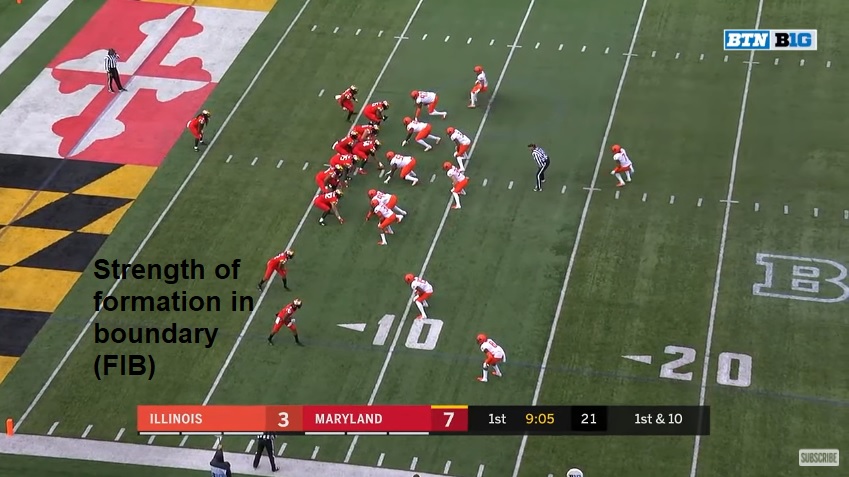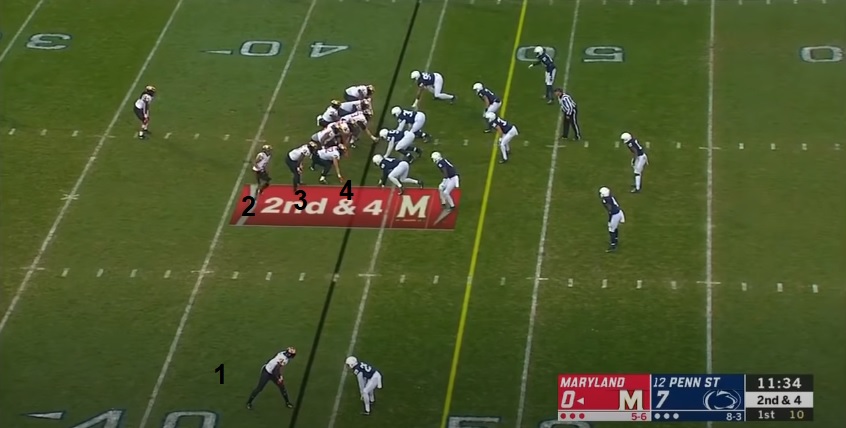With the Pittsburgh Steelers reporting to training camp today, I wanted to squeeze in one final preview of what a Matt Canada-coached offense could look like this season. Soon, we’ll begin to get an idea of what it looks like on the practice field, especially once we get eyes on things next week and the team begins playing preseason games next month.
Earlier in the offseason, Dwayne Haskins made an interesting comment about his thoughts on Canada’s offense. He compared it to what he did in Jay Gruden’s West Coast his rookie season and what he saw Canada and Maryland do in 2018 (and they had an epic game). Here’s what Haskins said in mid-June.
“A lot of the stuff Coach Canada did or does is what he did at Maryland when he was there and I was in college…as far as the concepts, they’re not completely different. Even some stuff from my first year at Washington as far as West Coast concepts and schemes of that nature. A lot of variety in what he’s doing.”
So I’ve gone through a chunk of the Terps’ 2018 season, especially when Canada took over as interim head coach with the goal of trying to find some tendencies and running themes of his offense. Will every single thing there be included in Pittsburgh? Probably not or at least not to that extent. Canada has to compromise and work with the personnel he has.
But here are some elements of Canada’s offense worth watching in Pittsburgh.
Formation In Boundary (FIB)
This is one of those things that will be less of a factor in the NFL than in college because the pro games hash marks are much narrower than the college game. Still, “FIB” is something you don’t often see in football. Aligning the strength of the formation to the boundary/closed side of the field instead of the field/open side.
Here’s an example of FIB against Illinois. The idea here is to force defenses to make a choice. Either align your defense and man-power to the strength of the field with the most amount of people or cover real estate, all the grass that exists on the open side.
What Canada does a really good job of is aligning Formation In Boundary and then shifting/motioning back to the field side. Forcing the defense to adjust on the fly. Here’s an example.
Pre-Snap Motion
I’m only going to spend a moment touching on this because it’s one of the most obvious hallmarks of Canada’s game and one we’ve discussed quite a bit. You see pre-snap motion and shifts on the vast majority of snaps. His offenses aren’t static or vanilla and bring a lot of energy pre-snap. Pittsburgh will likely be top five or at least top ten in motion rate this season.
Jet/Constraint Plays
With the motion comes plenty of jet sweeps and end arounds. Most of Canada’s work here comes under center. In Pittsburgh, you’ll probably see an increase in under-center snaps but a lot of this can be done out of pistol or shotgun. The jet-touch passes that have become so popular these days, with the added benefit of if the handoff is dropped, it’s incomplete, not a fumble like it would be from under center.
Canada loves to run these on third and short, 1-2 yards, from very tight splits. Condense the defense and then run horizontally with a quick receiver to hit the edge and get upfield. Pittsburgh did a little of this last season too with Chase Claypool. At 6’4, 230 and an impressive athlete, he’s the perfect guy for moments like this.
But Canada does a good job of building off those jet looks. They can be the actual playcall or they can be window dressing. He prefers to fake a jet to the field side and then run inside zone away from it to the boundary side. Get the defense’s eyes and feet moving away from where the ball is going.
You especially see that in the first clip versus Indiana. Faking the jet play distracts the RDE and the linebacker standing in the end zone. The back has a clear path into the end zone. In the second clip against Texas, they jet away and half-boot to the field and hit the back in the flat (a common concept you’re going to see in Pittsburgh).
4×1 Looks
Something that’s becoming more popular with the league’s most creative and innovative offenses. Typically, offenses line up 2×2 or 3×1. The Steelers “base” offense in 11 personnel is the latter, 3×1. At least, it was under previous regimes. It probably will remain that way under Canada but you’ll see different pre-snap alignments. Like 4×0 or 4×1 looks. Four receivers to one side, often used on bubble screens or part of RPOs.
Run Scheme
Lot of zone runs, of course, but there were some power/gap runs too. Canada’s offense mixed in a heavy dose of pin/pull runs with the center and backside guard, or backside guard and backside tackle. Good mix of counter runs with lead blockers in front. Still think the Steelers’ run game will predominantly be zone but it won’t be exclusive to it.
Third & Long = 2×2, Spacing/Divide Concepts
I didn’t get a great sense of his pass game concepts. Watching broadcast tape didn’t help matters. Some mesh on third and medium but what I saw most often was on third and obvious pass situations, was Canada going 2×2 and running spacing/divide (often mirrored) concepts.
Trying to stress the safeties and give the QB an easy read. Here’s a few examples.
In the first clip against Illinois, Maryland aligns 2×2. To the top/boundary side, the two receivers run a spacing concept. Switch routes with #2 running to the corner and #1 running a post. It puts the deep-half safety in conflict (a corner route to the bottom holds and widens the other safety) and opens up the throw on the post for the TD.
In the second clip against Indiana, they run a smash route to the top and a switch route to the bottom. And in the third clip, another spacing concept to the top as #2 finds grass past the linebackers and in front of the safeties to make a nice grab and move the sticks on 3rd and 10.











